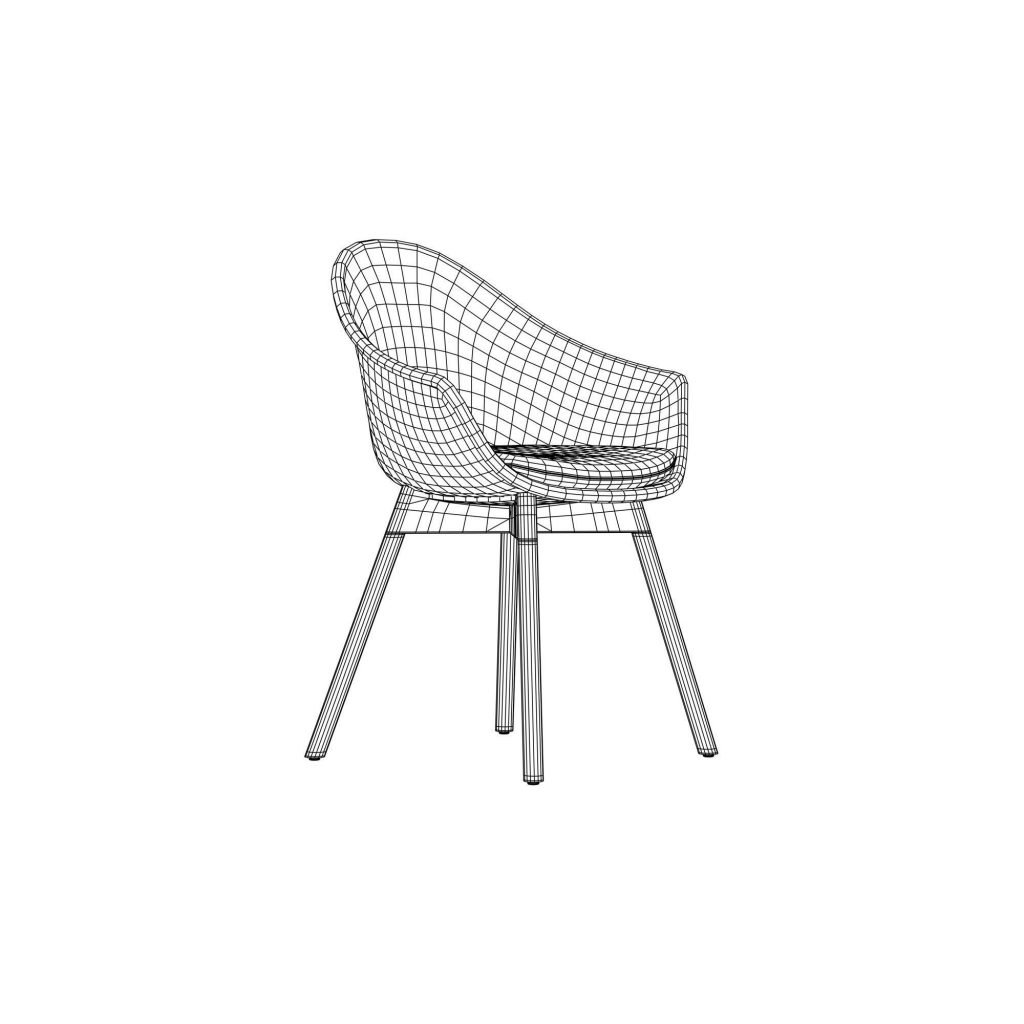Whether you’re a furniture designer that needs to create a proof of concept to show to your boss or you want to create a realistic game and want the room design to be on point, Learning furniture 3D modeling is an important skill. Many jobs rely on it, and the people who know how to do it properly are in constant demand. This article aims to give you a premier and a decent foundation you can use to make sure your designs follow the best practices in the industry:
How Detailed Should Your Models Be?
The number of polygons in your models is extremely important – true skill is to keep those numbers low while making the model appear as good as possible. When you increase the number of polygons, it takes a lot more computational power for the device to be able to render your 3D models aptly. Although, depending on how you want to use the models, the number of polygons might not be your top priority:
- Games: obviously, games need to render all the graphic models in realtime, sometimes at 60 frames per second. Performance is extremely important, and you want your game to play as smoothly as possible, so polygon counts are extremely crucial here. You need to use strategies to keep the count as low as possible.
- Animation and commercials: these are pre-rendered into videos that you can display – because you don’t need to render it in real-time, the requirements for how many polygons they should include is much looser, and that’s why animation videos are much crisper than videogames. Nevertheless, rendering still requires a lot of resources, and unless you have a supercomputer, there’s an upper limit you shouldn’t pass.
- Proof of concepts: if you are creating a proof of concept to display to the shareholders or your customers, then you obviously want it to look as good as possible. The render time takes a backseat to the benefits of higher-quality furniture models.

Lighting is Paramount
Lighting is one of the most difficult tasks for 3D modelers to get right, and the most difficult part for computers to process efficiently. In reality, the task of a 3D modeler isn’t much different from a professional photographer when it comes to lighting. They have to find the right amount of lighting at the right angle that would make the model look the best. It is as much art as it is technique. The lighting can mean the difference between an uninspiring and dull looking piece of furniture, an out of place and overtly ubiquitous piece, and a stylish piece of furniture that jams will with its surroundings. If you are afraid you won’t be able to get it right, getting outside professional help will be definitely worth it if the project is important.
Options for Customizability
Designing the furniture with modularity and customizability in mind is efficient and smart – while modeling is a highly creative task, it also includes a lot of repetitive tasks – you don’t need to reinvent the wheel every time. If you’re tasked with creating 5 pieces of furniture for some design, first, think about what they all have in common, then try to create a template once that you can build all 5 pieces of furniture on top of it. This is an amazing time saver. This is even more important if you’re running an e-commerce shop and want potential buyers to buy your bespoke furniture. Allowing them to customize the pieces in real-time will give you a huge advantage over your competition.

